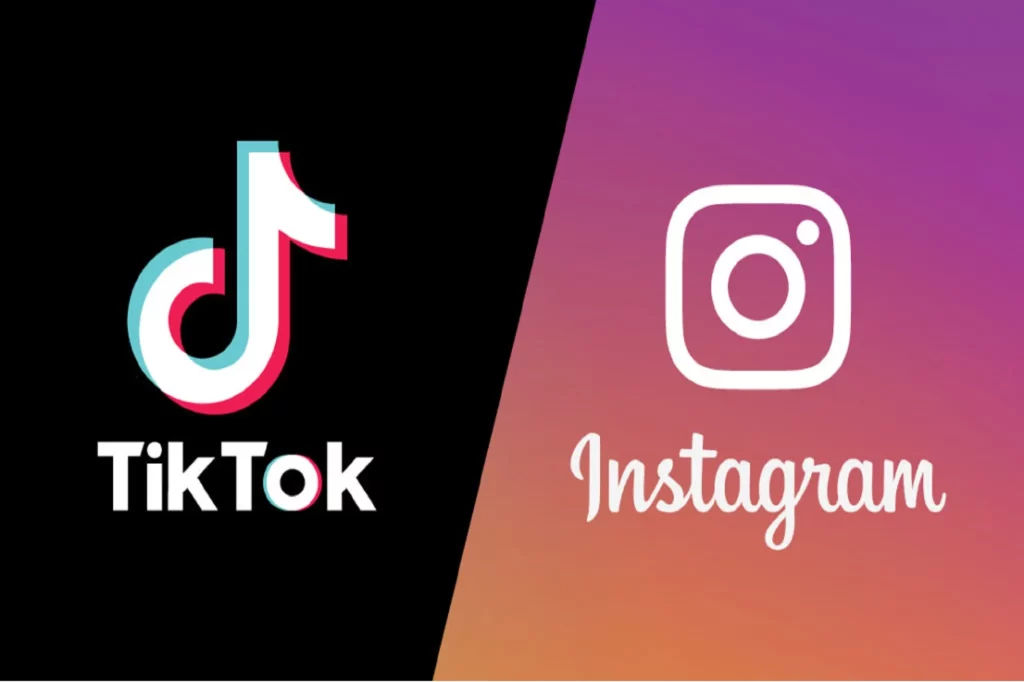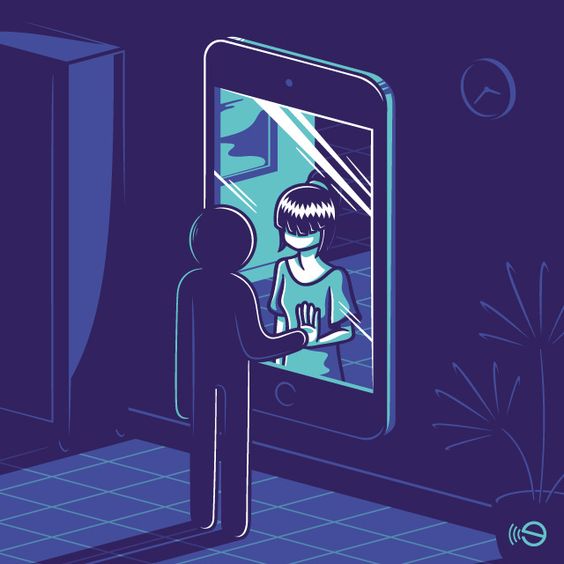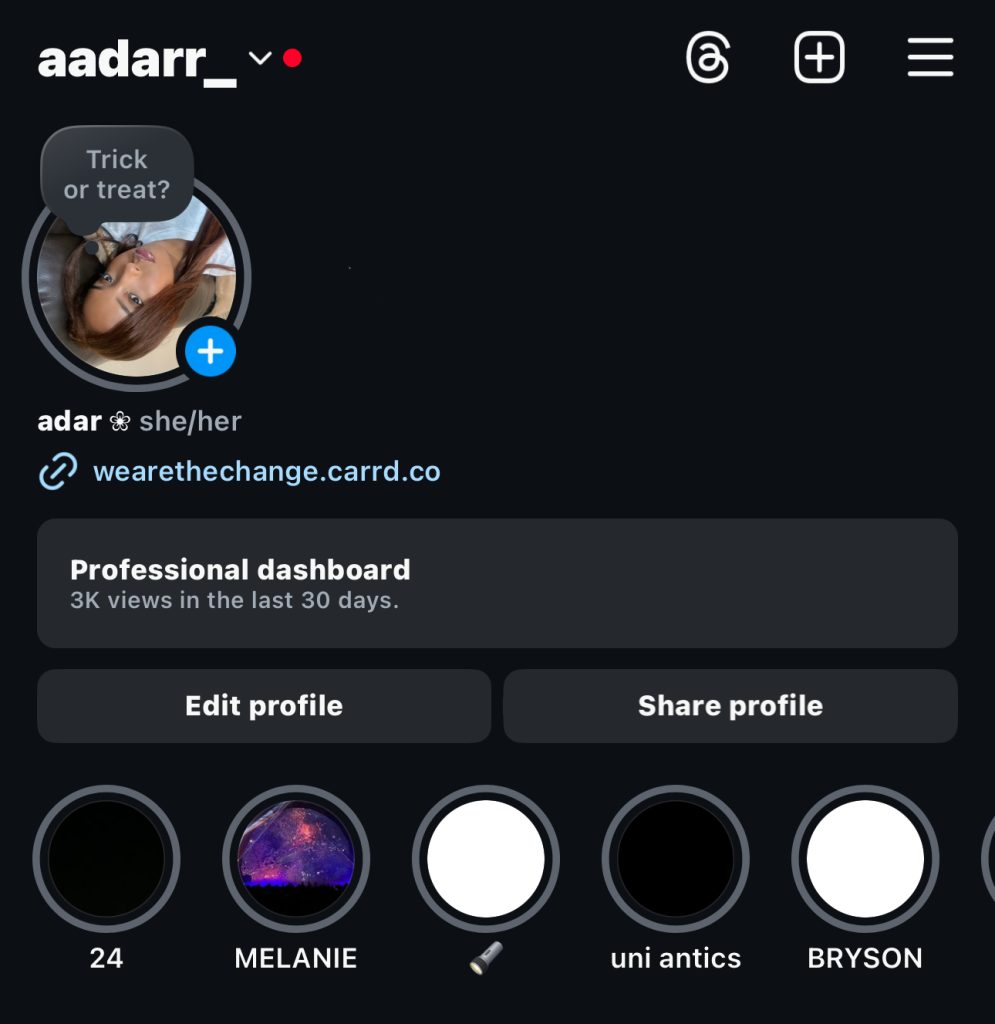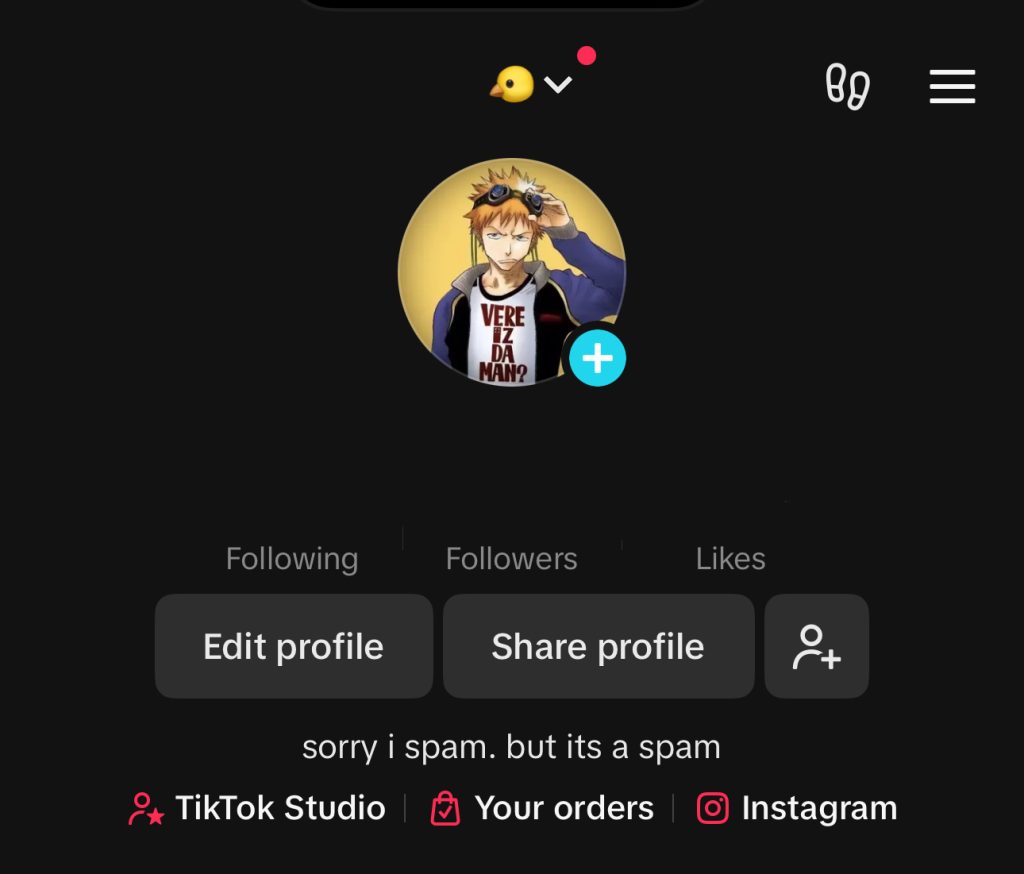Constructing Identity in the Digital World
In todayŌĆÖs world, our identities arenŌĆÖt just about who we are offline. TheyŌĆÖre also shaped by how we show up online. Social media allows us to explore and present different sides of ourselves, and with every post, story, and interaction, weŌĆÖre creating versions of ourselves.
But this flexibility also raises questions:
How much of what we share is ŌĆ£real,ŌĆØ and how much is carefully curated?
Shaping Digital Identity
“A status, a position, a social place is not a material thing to be possessed and then displayed; it is a pattern of appropriate conduct, coherent, embellished, and well-articulated.”
Goffman, 1959: 75

This idea also connects to impression management, where we control our perception. According to Goffman, we use ŌĆ£setting, appearance, and mannerŌĆØ to create impressions. On Instagram, my setting is the carefully chosen photo; my appearance is styled, and my manner is thoughtful. On TikTok, the setting is casual, the appearance is more natural, and the manner is light-hearted, creating an authentic impression to match the vibe of that platform.
Different platforms often bring out different sides of us. For example, I use Instagram to share highlights of my life beautiful photos, exciting events, or cool places I visit. ItŌĆÖs where I present a polished version of myself. In contrast, on TikTok, IŌĆÖm more unfiltered, sharing funny or random moments that feel truer to my everyday personality. This aligns with sociologist Erving GoffmanŌĆÖs presentation of self-theory, which suggests that we ŌĆ£performŌĆØ different versions of ourselves based on the context and audience. Instagram becomes my ŌĆ£front stage,ŌĆØ where I put forth a curated image, while TikTok feels more like the ŌĆ£backstage,ŌĆØ where I can be spontaneous and let my humour show.

The Benefits and Challenges of Digital Identity
Digital spaces allow people to explore their identities in ways that might feel restricted offline. Social media provides a space to express different sides of us and connect with others who relate to those aspects. For many, especially those in marginalised communities, these spaces can provide a sense of belonging and the freedom to explore identity in ways that may not feel possible in their everyday lives. However, there are challenges. Platforms like Instagram can create a highlight reel effect, where weŌĆÖre constantly comparing our real lives to everyoneŌĆÖs polished versions. Research shows that these comparisons can negatively impact mental health, especially among younger users. ItŌĆÖs easy to feel that everyone elseŌĆÖs life looks perfect, even though we know itŌĆÖs just one side of the story. Influencers highlight this tension between ŌĆ£authenticŌĆØ and ŌĆ£curated.ŌĆØ They often share aspirational and relatable moments to create a well-rounded yet curated brand. This mix makes their digital identity engaging, but itŌĆÖs important to remember that even the ŌĆ£realŌĆØ moments are often carefully staged.
Finding Balance
To maintain a healthy digital identity, it helps to remember that what we see online is only part of the story. Practising digital literacy can help us avoid the comparison trap by recognising that online personas are curated differently.
Conclusion
Our digital identities are a mix of real and performed aspects shaped by the unique nature of each platform. As we navigate these spaces, staying aware of the gap between actual and curated can help us enjoy social media while staying true to ourselves.
Bibliography
- Goffman, E. (1959). The presentation of self in everyday life. Anchor Books.
- Marwick, A. E. (2013). Status update: Celebrity, publicity, and branding in the social media age. Yale University Press.




Ateeee
The blog first reveals the multifaceted nature of digital identity on different platforms, combining with Goffman’s “self-presentation” theory to profoundly illustrate how we “play” different selves on different social platforms. However, the article mainly focuses on the differences between platforms, which I think may overlook the dynamic and complex nature of self-expression. It is true that different platforms lead us to present different aspects of identity, but is it fair to say that our representation of identity is governed by the algorithms and user feedback of the platform? For example, the incentive of likes and comments may cause us to unconsciously reinforce one aspect of our identity while ignoring other, more authentic parts. In addition, the article points out that “the diversity of digital identities” is a way to explore the self and gain a sense of belonging, especially for marginalized groups. This may be thought-provoking, but it is not entirely clear whether the fluidity of digital identities can lead to the instability of identity. When people present a divided identity image on different platforms, this difference may bring psychological conflict, which I think can be analyzed and discussed in depth. Finally, the article proposes the importance of “digital literacy” in balancing digital identity, which is a very enlightening suggestion. We can further think about how to develop digital literacy in users, so that they can not only recognize the “idealized” image presented by others, but also avoid relying too much on external feedback in constructing themselves.
Hello! Thanks for sharing! Your application of Goffman’s “self-presentation” theory to different social platforms is very enlightening. I have some new perspectives that I hope will expand our thinking about digital identity.
You mentioned that different platforms bring out different “selves”, which made me think about whether this existence of multiple identities leads to some kind of “psychological separation”? For example, the difference between the “ideal self” displayed on Instagram and the more authentic self on the TikTok may lead to invisible confusion about self-perception. Does the separation of digital identities affect our identity in real life? For example, when we show our “perfect” selves on Instagram for a long time, will it gradually affect our self-expectations in real life? What psychological effects do you think this separation of digital identities may have?
You also mentioned that social media can be a space for self-expression, especially for marginalized groups, which is indeed a positive aspect of social media. At the same time, you also gave a critical side, which is very thought-provoking. However, I would like to explore further that this “digital identity” may also reinforce social pressure. For example, marginalized groups seek a sense of identity on social media, but they may feel the need to constantly maintain this “online image” due to the influence of likes and followers. Marwick (2013)also pointed out that this pressure for digital identity allows users to express themselves while also being driven by the platform’s traffic mechanism. Do you think there is a cycle of pressure in this environment, where people feel increasingly constrained by digital identities when expressing themselves?
Hi, thanks for commenting!
I hadnŌĆÖt really thought about how keeping different ŌĆ£selvesŌĆØ on platforms could cause ŌĆ£psychological separation,ŌĆØ but that makes a lot of sense. Posting a so-called perfect self on Instagram might start to affect how we see ourselves in real life, and it could create pressure to live up to that ideal image even offline. I totally agree about the pressure side, too. Social media can be a great space for expression, but the need for likes and followers can make people feel they must keep up a certain image. ItŌĆÖs like a form of validation that feels good but can also trap you into maintaining that identity.
Thank you, made me really made me think more deeply about the topic.
hi! firstly, I absolutely enjoyed reading your blog ¤Öé
I love how you compared the presentation of yourself on two different digital platforms (TikTok and Instagram), I find that so relatable. Through your blog, I thought deeply on the part played by each social media app which relates to how a user may present themselves. Such as TikTok having a “casual” setting, or Twitter (X) being very unfiltered which causes one to create their appearance and “aesthetic” to fit the atmosphere created in the app. This further demolishes our “real self” and adds more onto the “idealised self” we fabricate in order to fit in or look ”perfect.” I definitely agree with your conclusion, we all need to be aware of what is created in digital media to who we really are. As this is what will allow a healthier state of mine and relationship with social media. Well done on the blog!